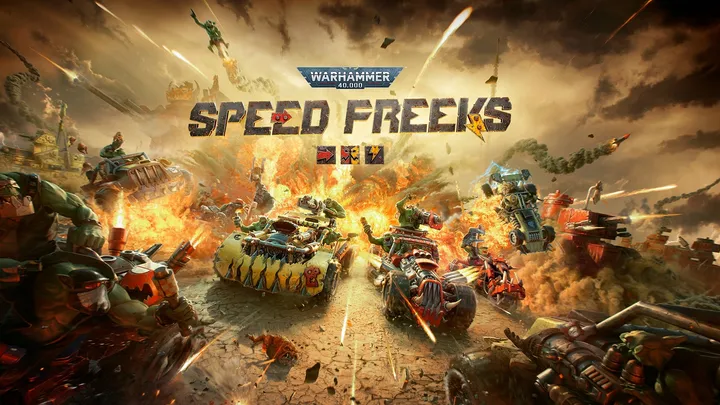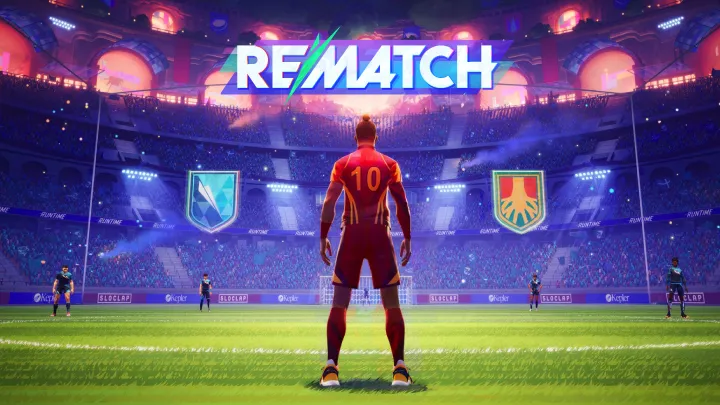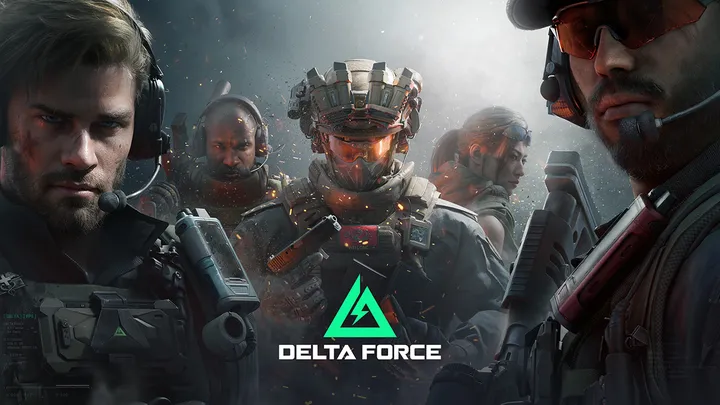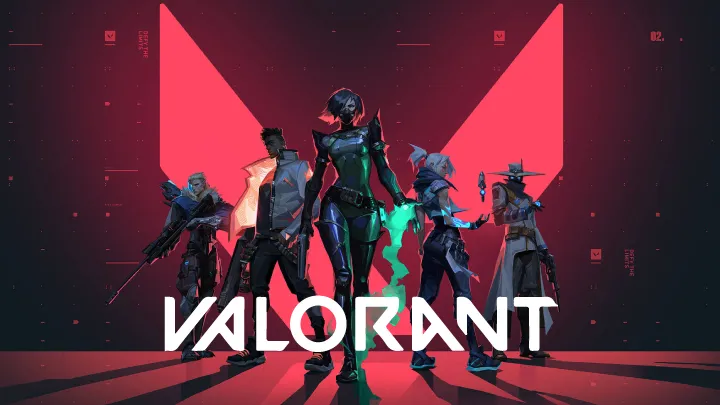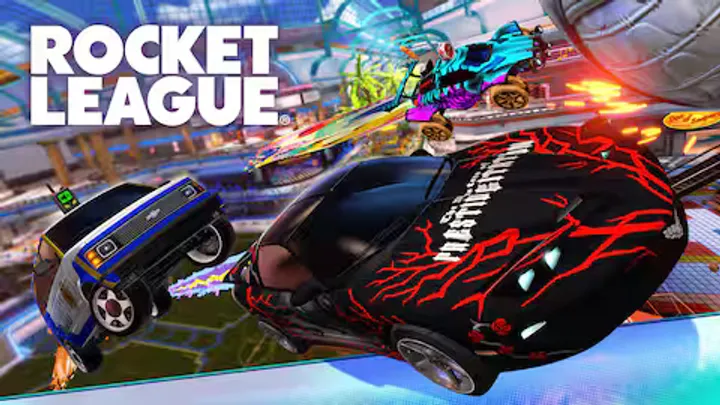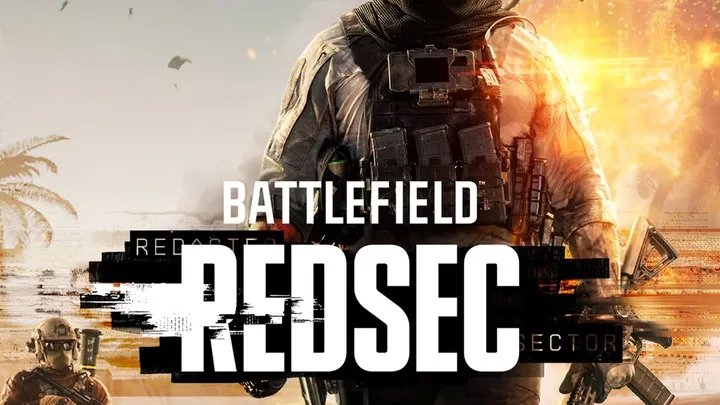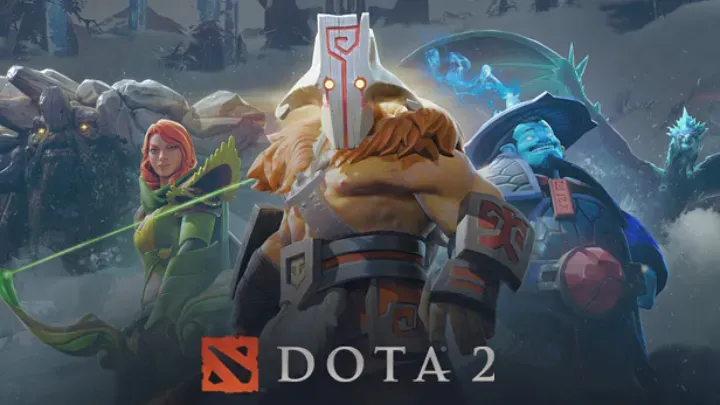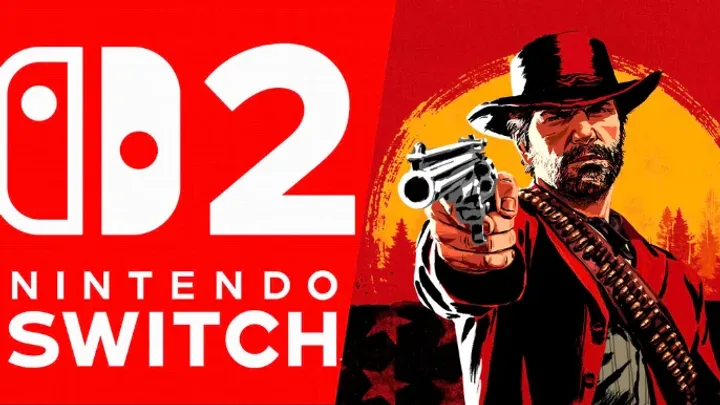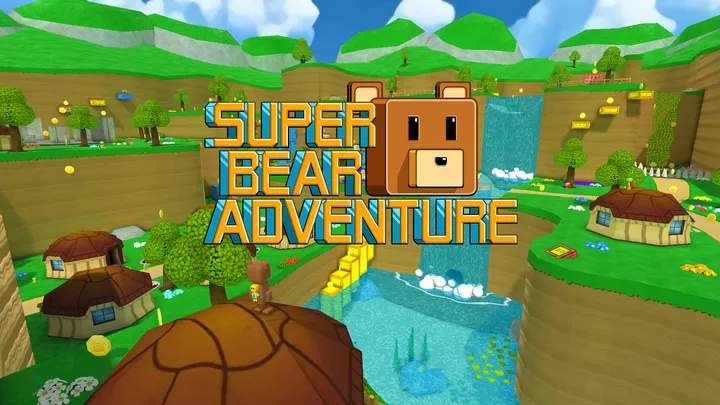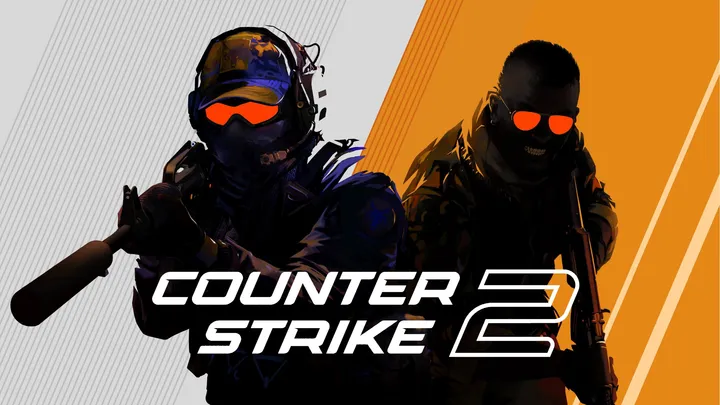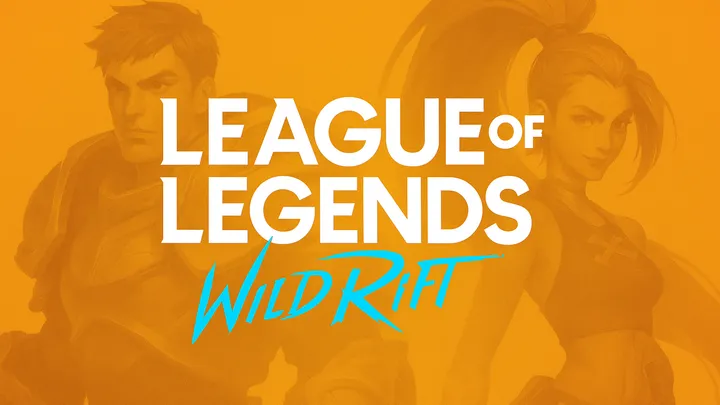Introduction
eFootball™, developed by Konami, represents a bold reimagining of the classic Pro Evolution Soccer (PES) series. Launched in September 2021, this free-to-play title aims to compete in the crowded field of football simulation games, primarily against EA Sports' FIFA franchise. This review will provide an in-depth analysis of eFootball™, covering its gameplay mechanics, graphics, sound design, licensing, community aspects, and overall reception.
Gameplay Mechanics
Core Gameplay
At its core, eFootball™ aims to deliver a realistic football experience. The game features a more simplified control scheme compared to its predecessors, allowing both casual and hardcore players to enjoy matches. The focus on pace and fluidity is evident, but the game has faced criticism for its lack of depth in certain areas.
Controls and Mechanics
The control scheme in eFootball™ has been streamlined to appeal to a broader audience. While this makes the game more accessible, it can also lead to a feeling of repetitiveness. Players can perform a variety of moves, including dribbling, passing, and shooting, but the execution can sometimes feel less intuitive than in previous PES titles.
Tactical Depth
One of the notable features of eFootball™ is its tactical options. Players can customize formations and strategies, allowing for unique gameplay styles. However, the effectiveness of these tactics can vary, and some players may find the AI's decision-making less responsive than expected.
Visual and Audio Design
Graphics
Visually, eFootball™ has made significant strides, boasting impressive player likenesses and detailed stadiums. The game aims for realism, and while many player models are well-designed, there are inconsistencies, particularly with lesser-known players. The animations strive to capture the fluidity of real-life football, but occasional glitches can detract from the overall experience.
Sound Design
The audio experience in eFootball™ includes stadium sounds, crowd reactions, and commentary. While the sound effects add to the atmosphere, the commentary can feel repetitive over time. The lack of dynamic commentary can make matches feel less engaging, especially during longer sessions.
Licensing and Teams
Official Licenses
eFootball™ features a range of licensed teams and leagues, but it has faced challenges in securing as many licenses as its main competitor. While clubs like Barcelona and Manchester United are featured, the absence of certain leagues or teams can impact the game's appeal to dedicated fans.
Customization Options
To compensate for licensing limitations, eFootball™ offers customization options for teams and players. While this allows for some creativity, it can also create a disconnect for players who prefer official branding and kits.
Game Modes
Online Modes
The online experience in eFootball™ is a focal point, with modes such as eFootball™ League and Friendlies. The matchmaking system aims to connect players of similar skill levels, but connectivity issues have been reported, leading to frustration among users. The competitive scene is promising, but it requires further refinement to reach its full potential.
Offline Modes
eFootball™ offers various offline modes, including exhibition matches and tournaments. However, the depth of these modes is limited compared to previous PES titles, which may disappoint players looking for a robust single-player experience.
Community Engagement
Player Feedback
Konami has made efforts to engage with the community, seeking feedback to improve the game. While this is commendable, some players feel that the response to issues has been slow, leading to dissatisfaction with certain aspects of the game.
Esports Scene
The competitive esports scene for eFootball™ is developing, with tournaments and events gaining traction. However, it still lags behind its competitors in terms of visibility and support, which may hinder its growth.
Criticisms and Challenges
Technical Issues
Since its launch, eFootball™ has faced numerous technical challenges, including bugs, glitches, and performance issues. These problems have hindered the overall experience and led to negative perceptions among players.
Lack of Content
The initial release of eFootball™ was criticized for its limited content. Many players expected a more feature-rich game, considering it a stark departure from the PES legacy. The subsequent updates have added content, but the pace of improvement has not met all player expectations.
Comparison to FIFA
eFootball™ is constantly compared to FIFA, and while it offers unique gameplay elements, it struggles to compete in terms of content depth, licensing, and overall polish. This comparison can overshadow the game's strengths and impact its player base.
Future Prospects
Updates and Improvements
The future of eFootball™ hinges on Konami's ability to address existing issues and expand the game's offerings. Regular updates and community-driven improvements will be crucial in retaining players and attracting new ones.
Potential for Growth
As a free-to-play title, eFootball™ has the potential to grow its player base significantly. If Konami can deliver on promises of content updates and technical improvements, the game may carve out a more substantial niche in the football simulation genre.
Conclusion
eFootball™ represents a new chapter in the world of football video games, aiming to provide an engaging experience for players. While it has faced considerable challenges since its launch, including technical issues and a lack of content, it offers a solid foundation for future growth. The game's focus on accessibility, combined with its tactical depth, provides a unique experience that may appeal to casual and dedicated players alike.
As Konami continues to refine eFootball™, addressing player feedback and expanding content, the potential for this title to thrive remains. With its free-to-play model and dedication to community engagement, eFootball™ may yet find its place in the competitive landscape of sports gaming, offering an alternative to the established giants.














































